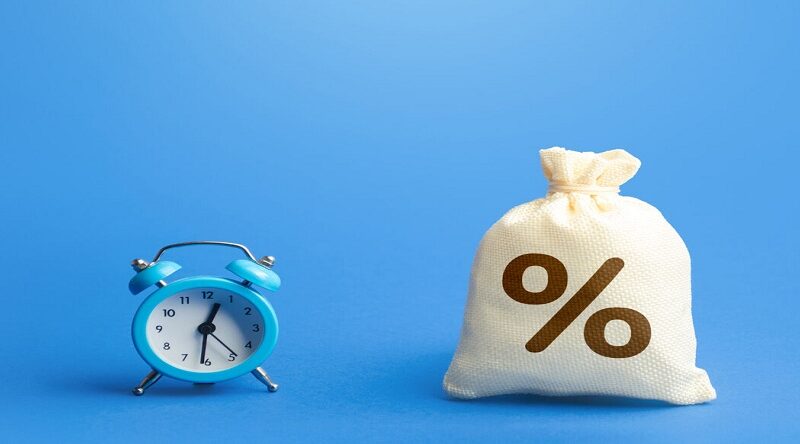Kavan Choksi Professional Investor Provides an Introduction to the Consumer Price Index (CPI)
As people get caught up in their daily responsibilities and tasks, they often miss out on the small, yet important details of life. As Kavan Choksi Professional Investor says, one of these key details includes the money spend on housing, transportation, and food. These are some of the items people spend a good part of their income on. When the prices in a regular shopping list go up, the amount of free cash in one’s hand goes down. This increase in prices generally happens in subtle ways, and is known as inflation. To monitor the changes in prices and the rate of inflation in an economy, it is vital to keep an eye on the Consumer Price Index (CPI).
Kavan Choksi Professional Investor talks about the use of Consumer Price Index
The consumer price index is the prime economic indicator used to track the cost of living and inflation rate in a nation. It comprises of a basket of goods and services, and calculates the basket price as a weighted average of the retail prices of the constituent items. While usually CPI is released on a monthly basis, some countries do have yearly and quarterly reports as well.
Periodic release of the CPI report allows people to effectively analyze the change in the prices of both individual items and an entire basket of goods over time. The rate at which the basket price changes over time is also known as the inflation rate. CPI was created way back during World War I. An abnormal surge in prices during that time led to the creation of an index that can be used for calculating the cost of living adjustments. In the year of 1984, a baseline of 100 was essentially set for the CPI figures in the actual report.
In case the CPI figure is below 140, it shall imply that the inflation is 40% higher than the 1984 figure. Today CPI largely serves are the key indicator of inflation. It helps the national central bank to adjust its monetary policy as per the relevant inflation targets. For a steady economic growth, a consistent level of inflation of around 2% is considered to be healthy. Much like any other inflation indicator, CPI is also a lagging indicator. This means that it informs about the change in a past period. As a country publishes its CPI report, its results tend to be expressed as the percentage of change in comparison to the previous issue. In case the result is positive, then the inflation rate is rising and the consumer prices have increased. In the opposite situation, however, inflation would be going down and the consumers would pay less.
As Kavan Choksi Professional Investor mentions, the reaction of markets would largely rely on the economic conditions of the country. For instance, under normal economic conditions, an increasing CPI would encourage the central bank to increase interest rates, which would add value to the currency and attract traders to buy more. However, in situations of excessive inflation or economic recession, where citizens experience stagnant income levels unable to keep pace with the escalating cost of living, a decline in consumer spending may occur over time. Consequently, this counterproductive effect could deter investors rather than attract them.

